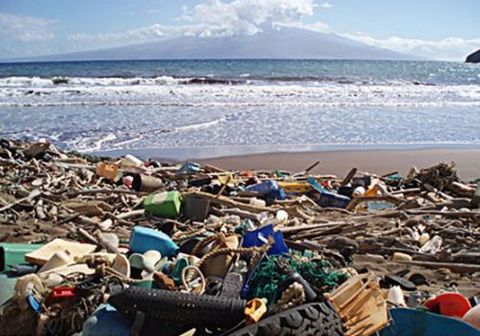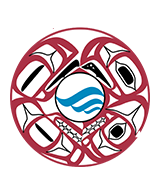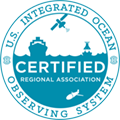Marine Debris
Marine debris can be anything made by humans which ends up abandoned in the marine environment. Marine debris may be intentionally or unintentionally, directly or indirectly discarded into the marine environment. Sources include both ocean based such as cargo ships, fishing vessels, or oil platforms; and land based sources (i.e. carried from roadways to storm drains or other waterways flowing into the ocean).

NOAA Marine Debris Program
Marine debris can cause negative economic, human health and safety and ecological impacts. Floating debris can be dangerous and costly to vessels - large debris as navigational hazards, smaller pieces may become entangled in propellers or clog intake valves. Debris accumulated along shorelines decreases the aesthetics of the coastline. Marine habitats can be damaged such as by scouring or smothering from marine debris. Wildlife can become entangled in marine debris or may be mistaken for food and ingested by marine animals leading to injury or death. Marine debris also has the potential to transport non-native species.
Additional Resources
NOAA Marine Debris Program
Japan Tsunami Marine Debris
Pacific Northwest
State of Oregon
Related NANOOS Products
NANOOS Visualization System (NVS)
The NANOOS Visualization System (NVS) provides easy access to forecast and observation data across a wide range of assets such as buoys, shore and land stations, high-frequency radar, and satellites.
Ocean Currents
Daily average ocean surface currents off the Oregon coast. These surface currents are measured with a radio transmitter and receiver using an instrument, the SeaSonde, made by CODAR Ocean Sensors.
Nowcast/Forecast Coastal Currents
NANOOS Beach and Shoreline Mapping
Beach profiles provide important information concerning the temporal (time) and spatial (cross-shore) variability of the shape of a section of beach.
| National Observing System Partners Alliance for Coastal Technologies (ACT) Southeastern Universities Research Association (SURA) Integrated Ocean Observing System IOOS | |||||||

